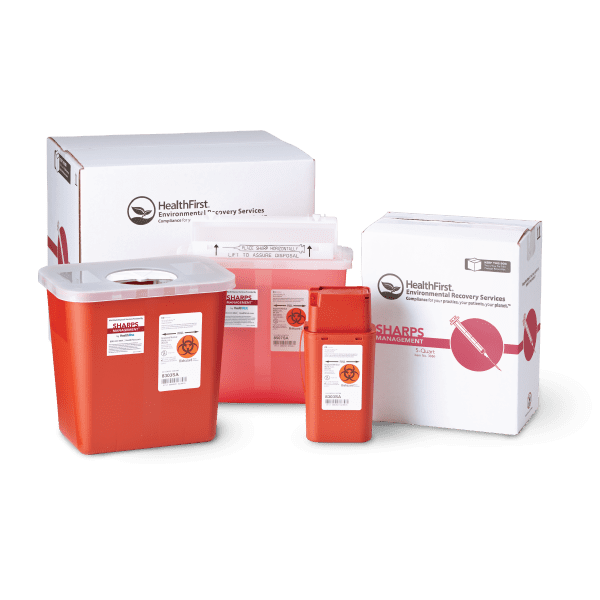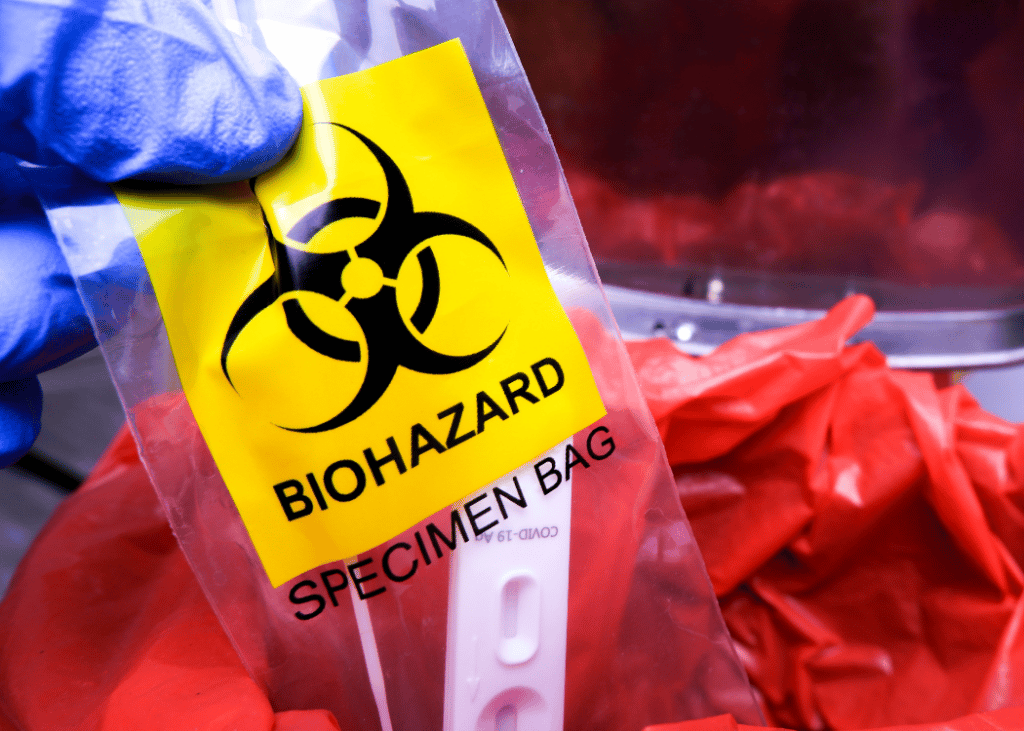Understanding the Various Types of Waste Disposal Techniques
In the realm of waste administration, the array of disposal methods offered today is huge and varied, each technique offering an unique purpose in addressing the obstacle of garbage disposal. click here. From recycling methods that aim to offer new life to products, to the detailed procedures of harmful waste management, the landscape of garbage disposal is complex yet vital for environmental sustainability. Recognizing the subtleties of these various methods not only sheds light on the significance of responsible waste administration but also prompts us to reconsider our technique towards garbage disposal in a quickly progressing world

Recycling Approaches
Recycling approaches are critical for sustainable waste management techniques in both industrial and household setups. medical waste removal. By executing effective recycling approaches, a substantial amount of waste can be diverted from garbage dumps, saving natural deposits and minimizing the ecological impact of production processes
In domestic locations, curbside recycling programs play a vital function in encouraging houses to different recyclable materials from basic waste. Products such as paper, plastics, glass, and steels can be arranged and accumulated for processing right into new items, reducing the demand for basic materials and energy-intensive production processes.
Industrial facilities also rely upon recycling approaches to minimize waste generation and advertise a round economy. By implementing closed-loop systems, companies can recycle materials within their production processes, minimizing costs and environmental impact. medical waste removal. In addition, industrial recycling programs typically entail collaborations with specialized recycling facilities to guarantee that products are correctly arranged, refined, and rehabilitated right into the supply chain
Composting Strategies

Oxygenated static stack composting involves blending natural waste products in a large pile and routinely transforming it to make sure appropriate aeration. This technique is appropriate for smaller-scale operations and houses.
In-vessel composting entails placing natural waste in a closed container with controlled problems for temperature and aeration. Windrow composting includes forming long rows of organic waste and consistently turning them to advertise decay - medical waste removal.
Garbage Dump Disposal
Landfill disposal is a generally made use of technique for managing waste that can not be recycled or composted. It includes burying waste in designated areas of land, with proper safety measures to stop ecological contamination. Garbage dumps are crafted centers made to isolate waste from the surrounding environment. The waste is compressed and covered with soil day-to-day to lower odors, discourage bugs, and reduce the spread of trash. Modern garbage dumps are outfitted with safety linings and keeping track of systems to protect against leakage of damaging substances into the soil and groundwater. Methane gas, a by-product of decaying natural waste in landfills, is often gathered and used as a source of sustainable power. In spite of developments in landfill technology, problems continue to be about the lasting ecological influences, such as groundwater contamination and greenhouse gas discharges. Initiatives to lower reliance on garbage dumps consist of promoting waste reduction, recycling, and checking out alternate waste disposal methods to lessen the ecological footprint connected with traditional land fill disposal methods.

Waste-to-Energy Incineration
Incineration of waste for power generation is a method significantly being considered as a choice to conventional land fill disposal strategies. Waste-to-energy incineration involves the combustion of waste products at high temperatures, generally in specialized centers developed to produce electrical power or heat with the procedure - click here. This technique not only decreases the volume of waste that would otherwise be destined for land fills however additionally takes advantage of the warmth generated throughout incineration to develop power
Among the vital benefits of waste-to-energy incineration is its capacity to generate electrical energy while reducing the ecological effect contrasted to conventional garbage dump disposal techniques. By converting waste into power, this strategy assists in lowering greenhouse gas exhausts and reliance on fossil gas for energy generation. Additionally, waste-to-energy facilities are equipped with innovative air pollution control innovations to mitigate potential toxic wastes launched throughout the combustion procedure.
Contaminated Materials Management
.jpg)
Thinking about the crucial relevance of liable waste management methods, specifically in the world of environmental sustainability, the emphasis currently moves in the direction of the detailed domain of Contaminated materials Administration. Dangerous waste poses significant threats to both human health and wellness and the setting, necessitating customized handling and disposal techniques. Typical instances of contaminated materials consist of chemicals, batteries, chemicals, and electronic waste.
Contaminated materials Management entails the identification, collection, transport, treatment, and disposal of materials regarded potentially unsafe or damaging. This procedure requires adherence to stringent laws and standards to alleviate adverse influence on environments and public health. Different techniques are utilized in taking care of contaminated materials, including recycling, safe landfills, encapsulation, and chemical treatment.
Proper Contaminated Materials Management is essential for stopping contamination of dirt, water resources, and air pollution. It is important for sectors, research laboratories, medical care facilities, and various other generators of dangerous waste to execute durable monitoring strategies, training programs, and emergency feedback intends to make sure the secure handling and disposal of these materials. Failing to take care of contaminated materials properly can have far-reaching effects, underscoring the relevance of liable and attentive techniques in this field.
Verdict
In verdict, waste disposal strategies play a crucial function in managing and lessening the influence of waste on the environment. It is crucial for people and markets to recognize the different waste disposal methods readily available and pick the most appropriate technique for sustainable waste monitoring.
In the have a peek at these guys world of waste monitoring, the selection of disposal techniques offered today is substantial and varied, each technique serving an unique purpose in resolving the challenge of waste disposal. click here. From reusing techniques that intend to offer new life to materials, to the complex procedures of harmful waste management, the landscape of waste disposal is intricate yet crucial for environmental sustainability. Understanding the nuances of these various techniques not just sheds light on the value of responsible waste administration but likewise prompts us to reconsider our technique in the direction of waste disposal in a swiftly developing globe
Efforts to minimize dependence on land fills consist of advertising waste reduction, recycling, and discovering different waste disposal techniques to lessen the ecological impact associated with traditional landfill disposal practices.
It is essential for markets and people to recognize the different waste disposal strategies readily available and choose the most ideal method for lasting waste administration.